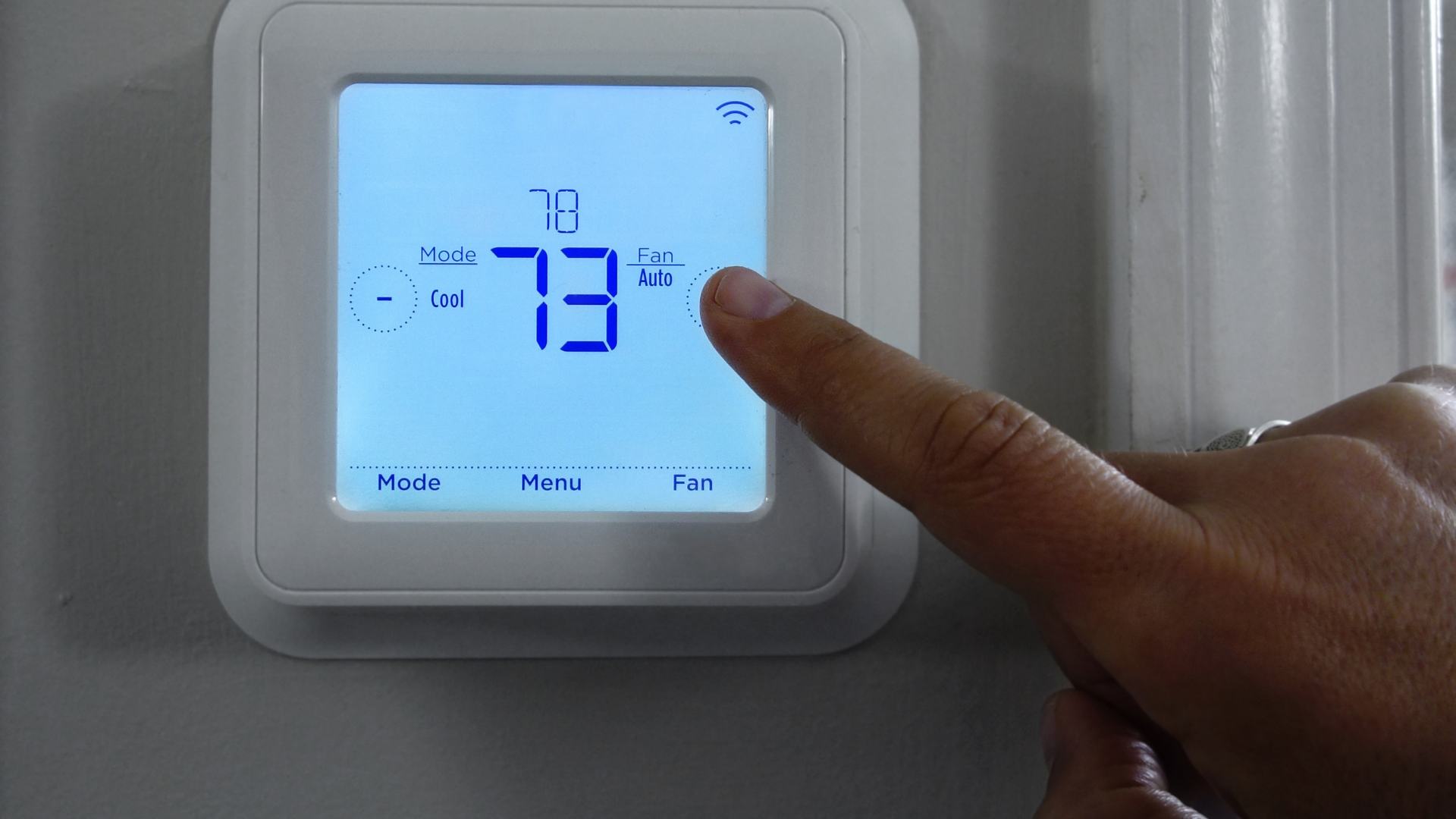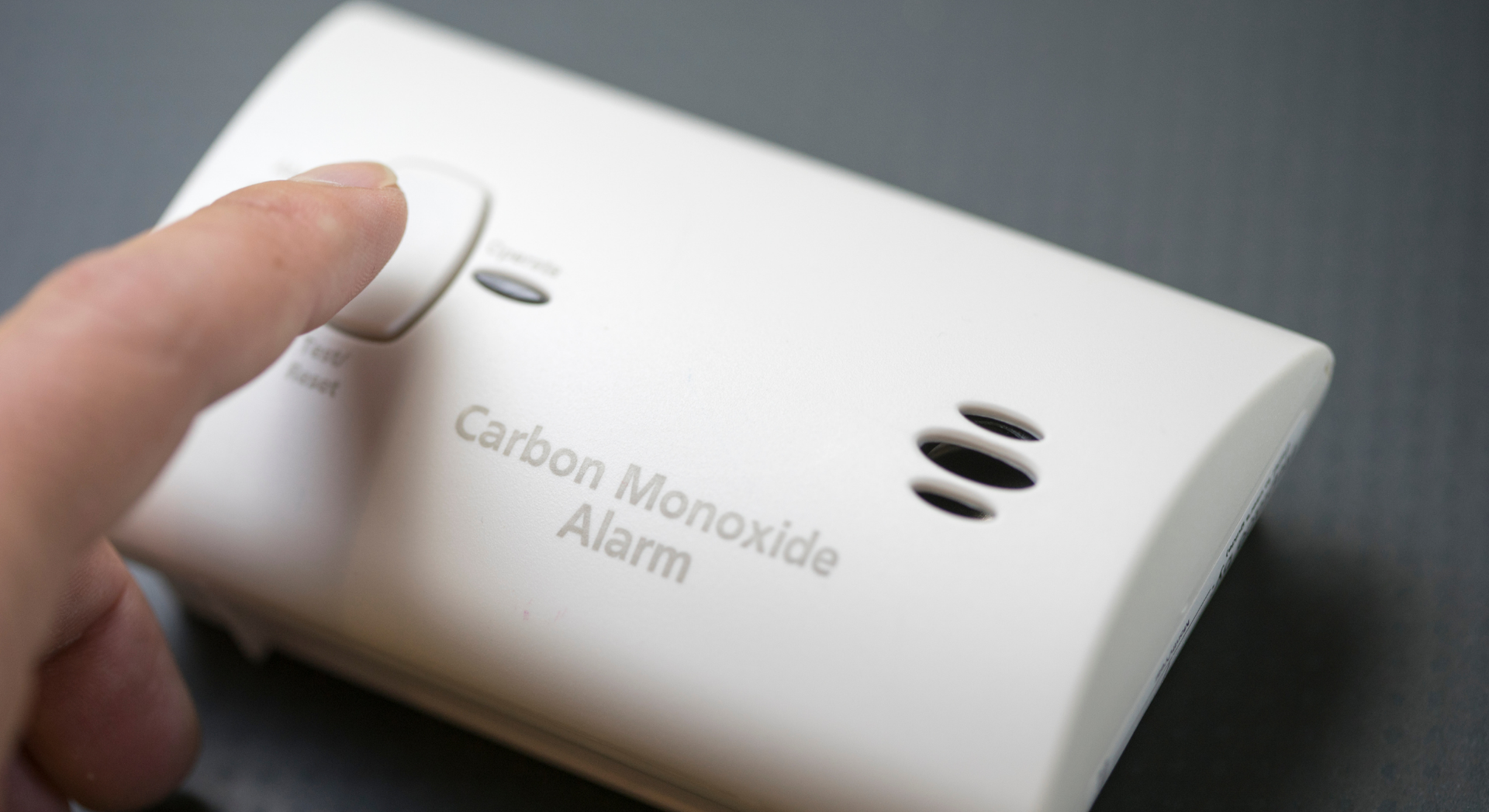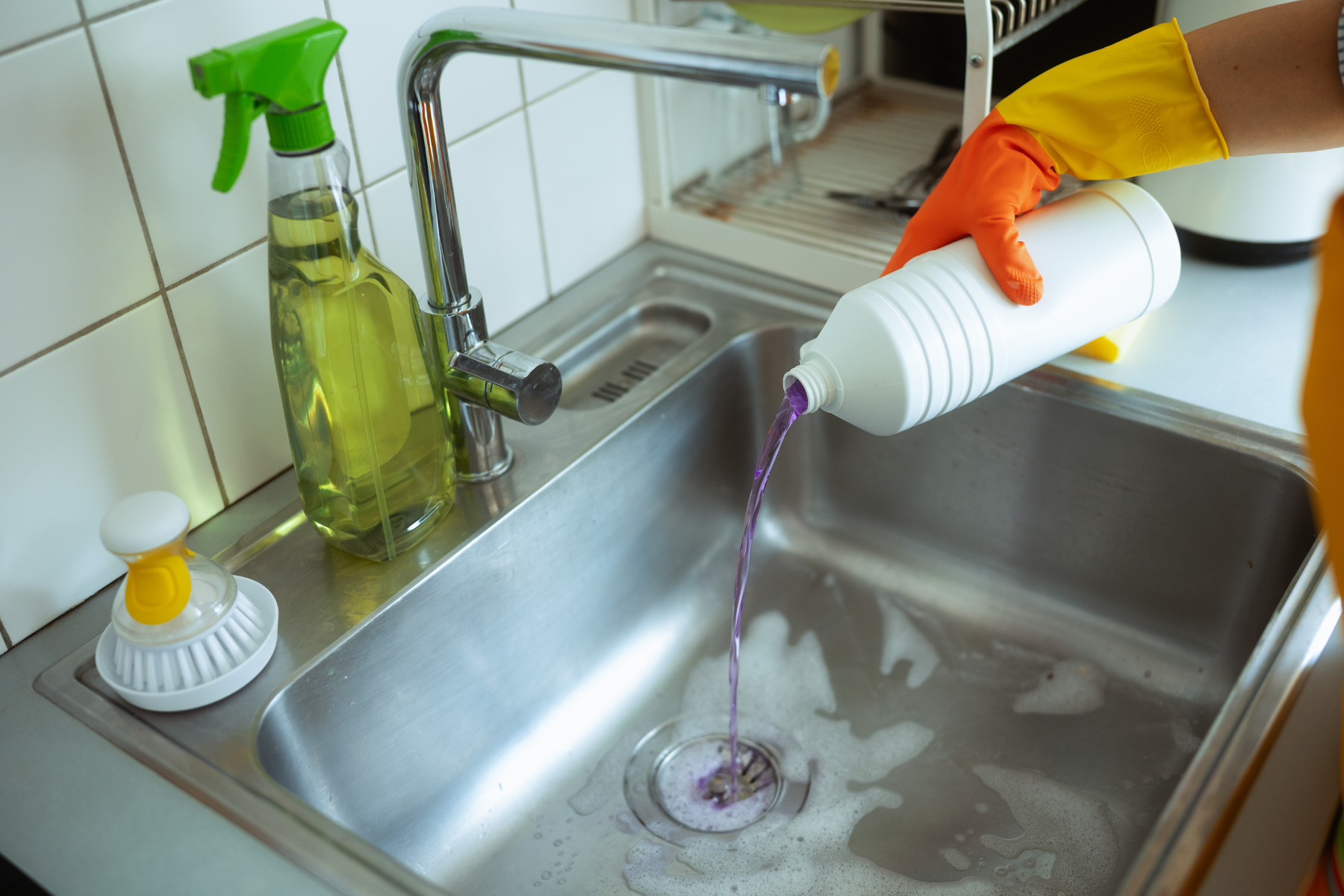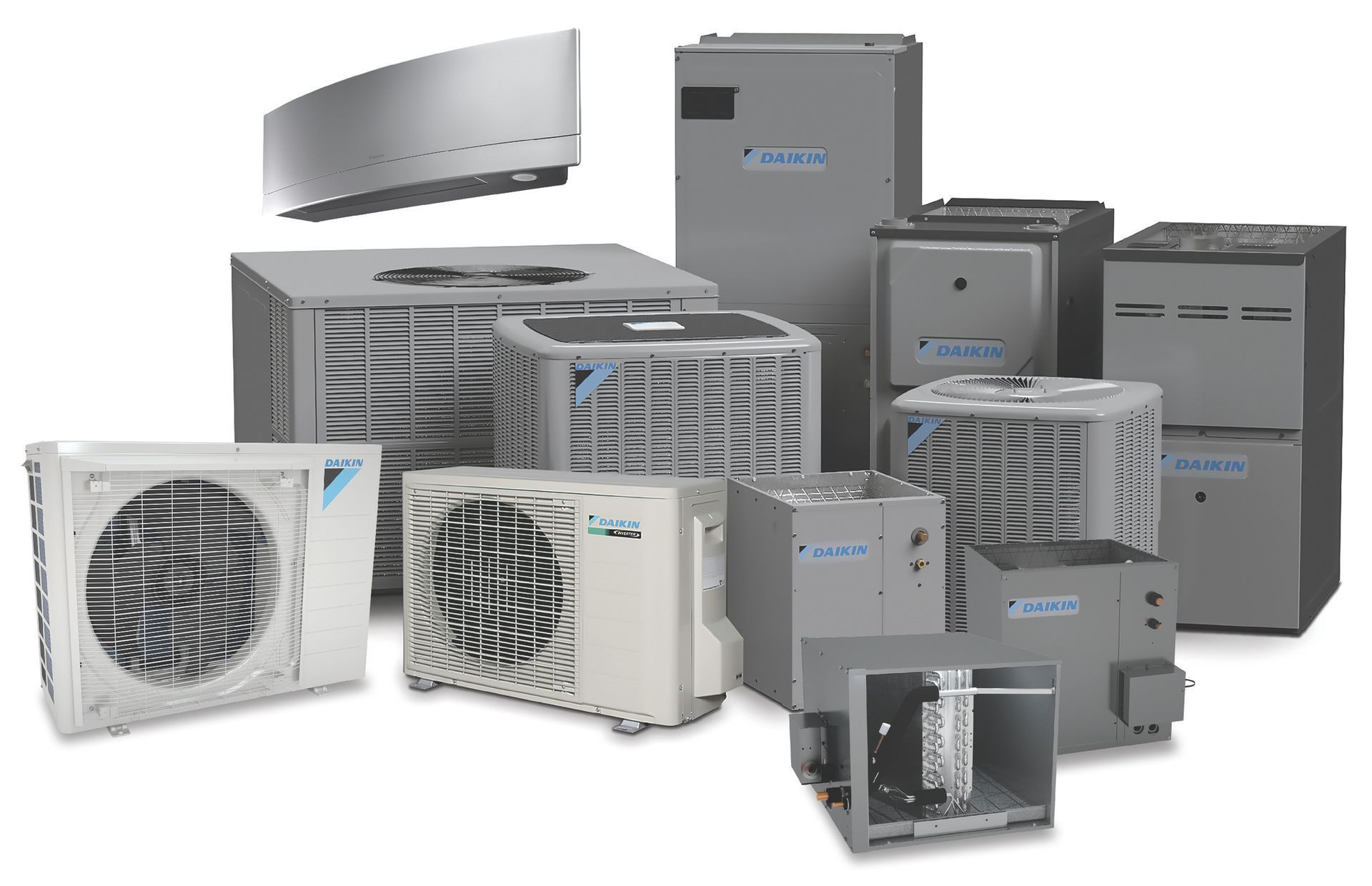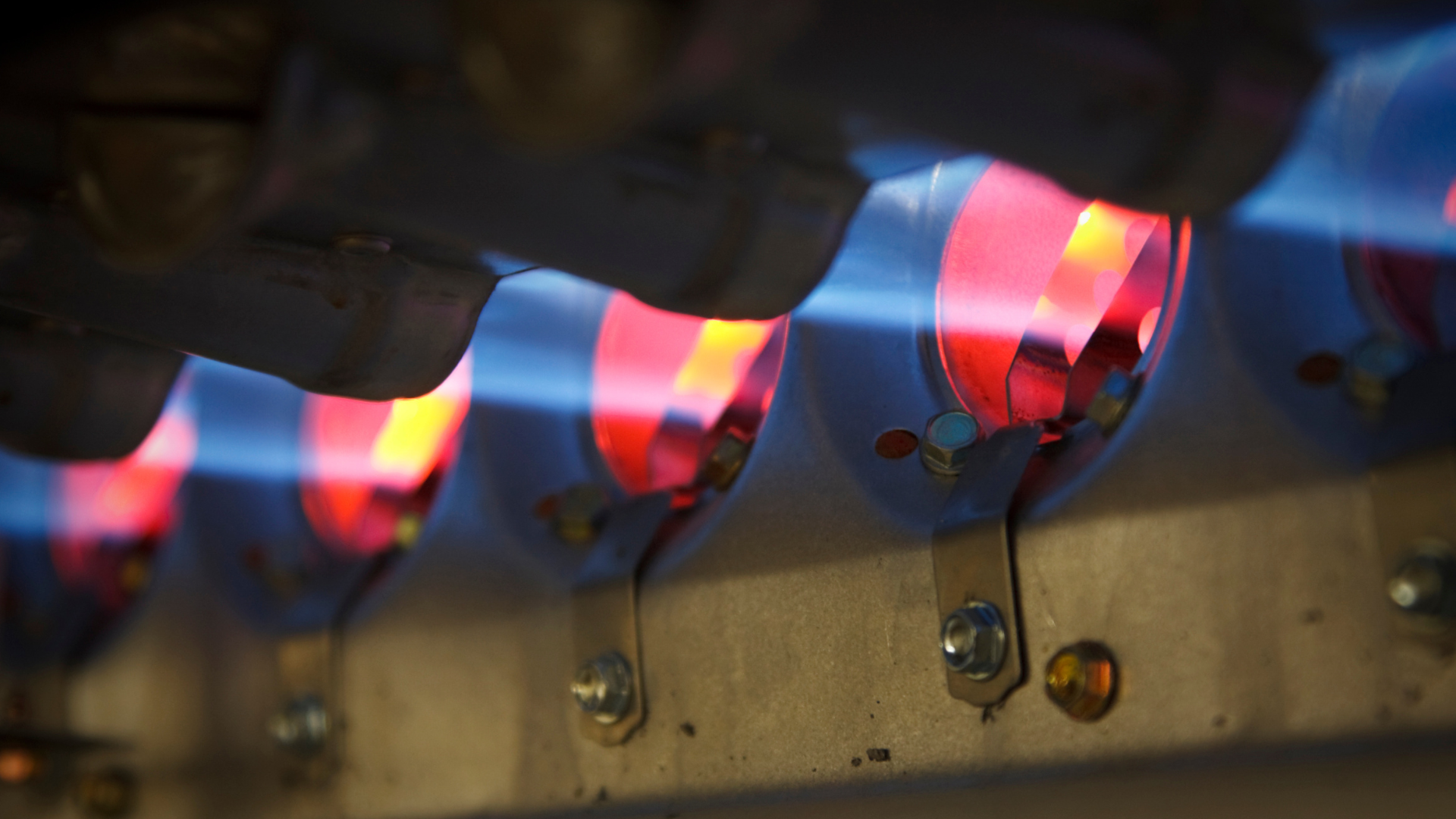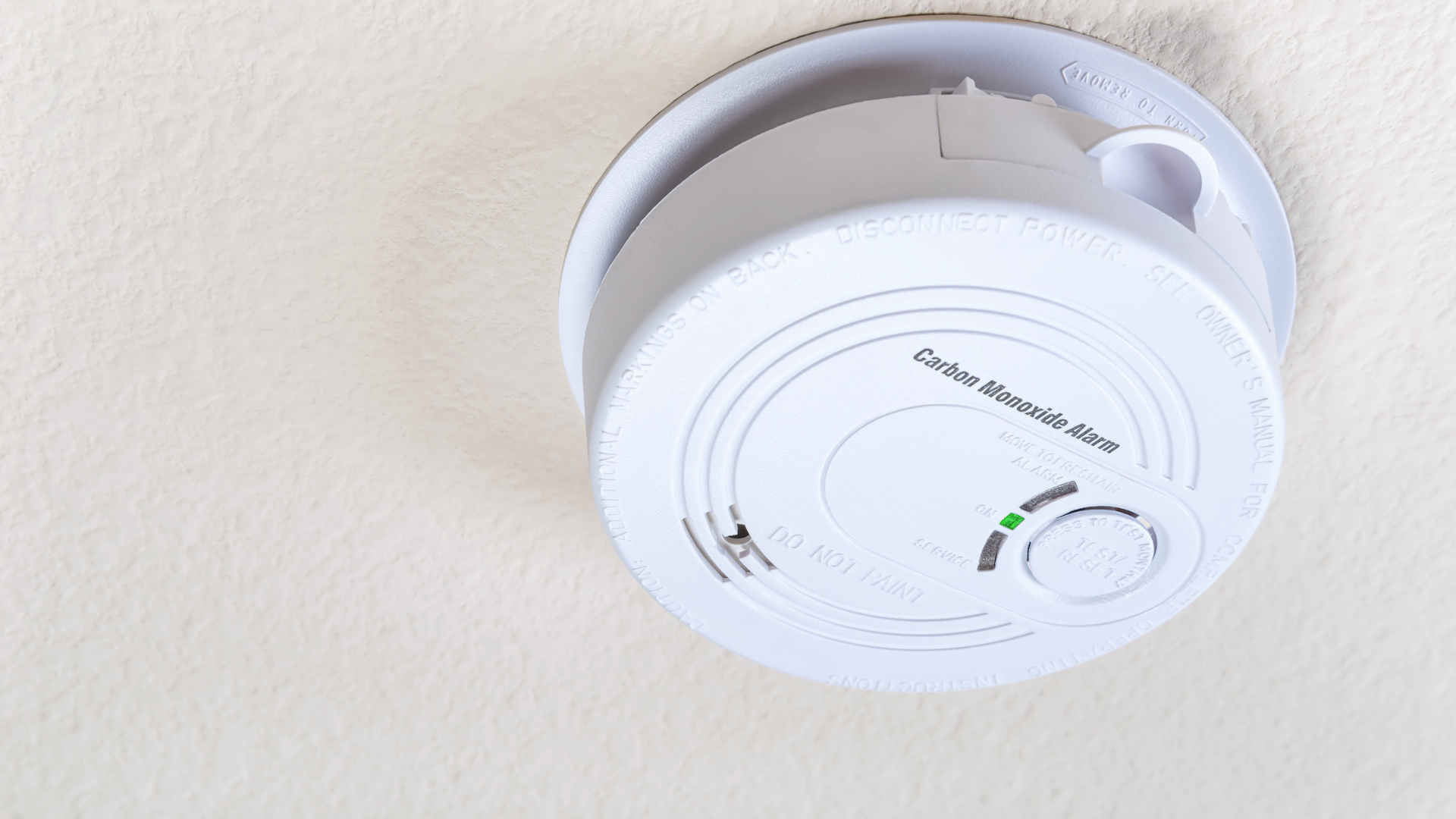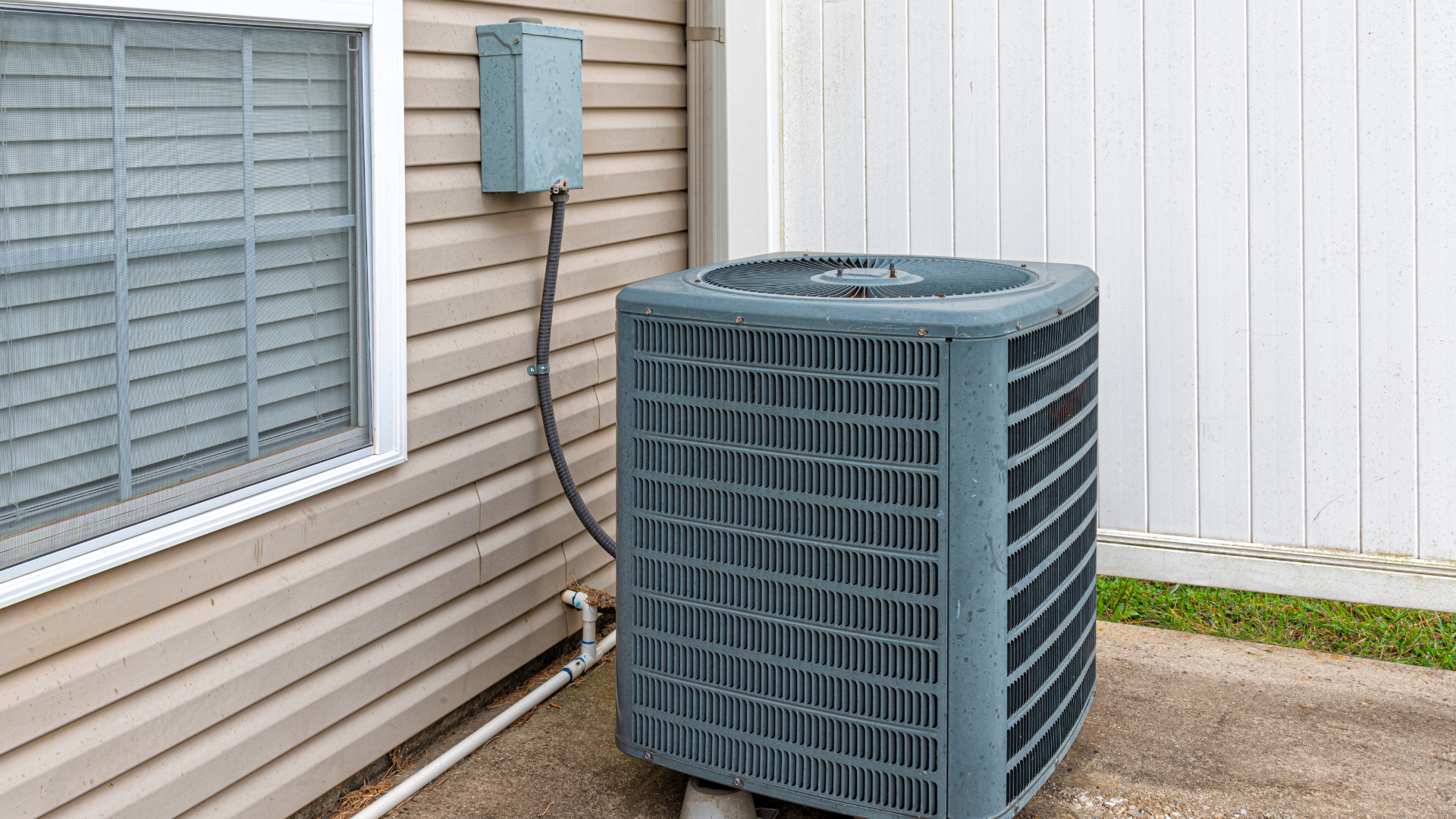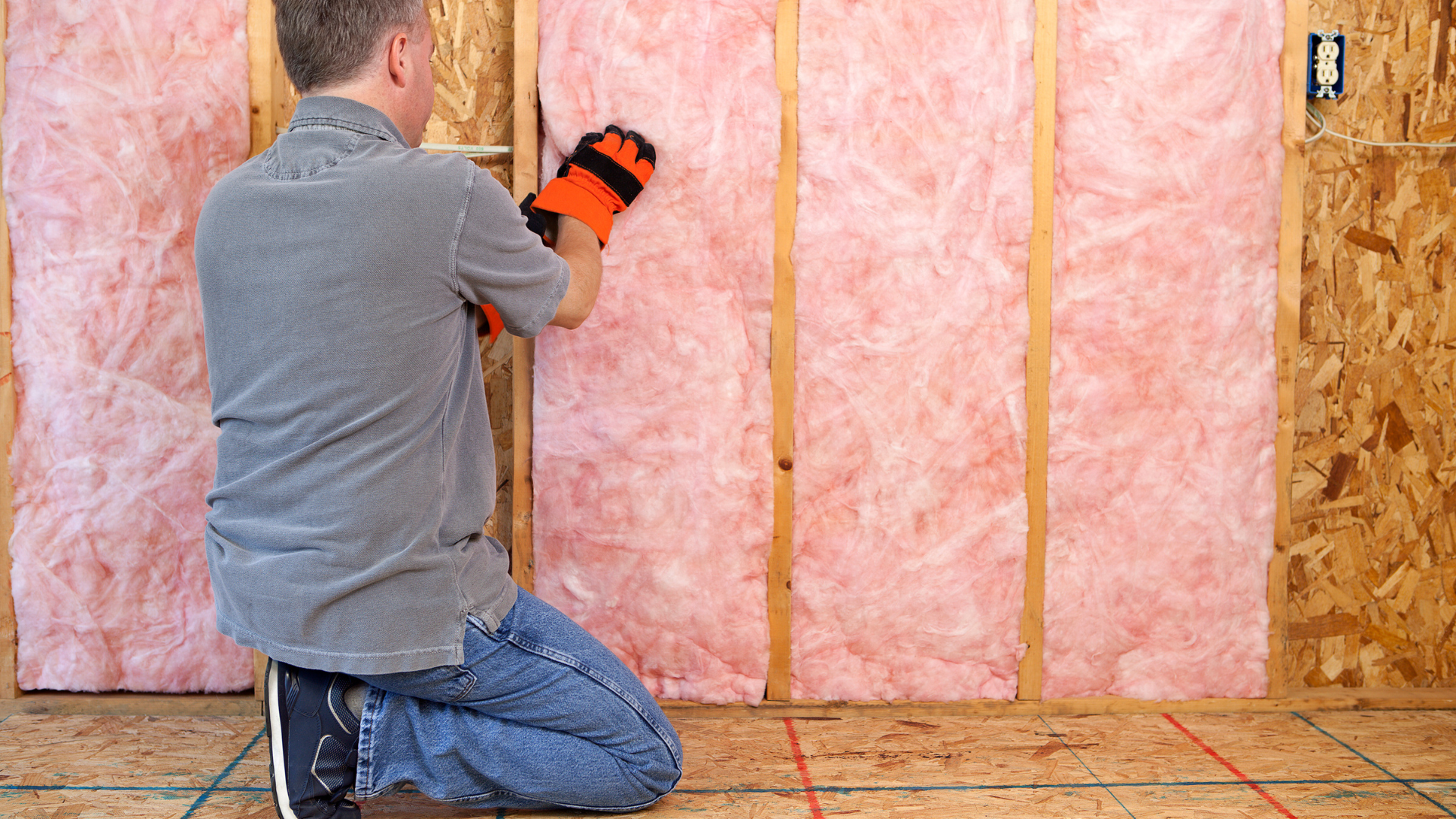The Air Filter Alphabet: Understanding MERV Ratings for Your Home's Health
Understanding MERV Ratings for Your Home's Health

Your home's HVAC system isn't just about keeping you warm in winter and cool in summer. It's also your first line of defense against airborne pollutants, allergens, and dust. And at the heart of that defense lies your air filter. But with so many options available, how do you choose the right one? The key is understanding MERV ratings.
What is a MERV Rating?
MERV stands for Minimum Efficiency Reporting Value. It's a standard rating system developed by the American Society of Heating, Refrigerating, and Air-Conditioning Engineers (ASHRAE) to measure how effectively an air filter captures particles from the air.
The MERV scale ranges from 1 to 20, with higher numbers indicating greater filtration efficiency.
Think of it like a sieve. A lower MERV rating is like a coarse sieve, catching only the largest debris. A higher MERV rating is like a fine-mesh sieve, capable of trapping even microscopic particles.
Here's a general breakdown of what different MERV ratings typically filter out:
- MERV 1-4 (Basic Filtration): These are your standard, inexpensive fiberglass filters. They primarily catch larger particles like dust, lint, and pollen. While they offer minimal air quality improvement, they do protect your HVAC system from larger debris.
- MERV 5-8 (Improved Filtration): Often pleated, these filters are a step up. They can capture smaller particles such as mold spores, dust mites, pet dander, and some larger bacteria. This range is generally a good balance for most homes.
- MERV 9-12 (Superior Filtration): Ideal for homes with pets, allergy sufferers, or those concerned about finer dust. These filters effectively trap auto emissions, lead dust, humidifier dust, and a wider range of bacteria and mold spores.
- MERV 13-16 (High-Efficiency Filtration): These filters are very effective at capturing tiny particles, including tobacco smoke, cooking smoke, smog, and even some viruses. They are often used in hospitals and commercial buildings where very clean air is critical.
- MERV 17-20 (HEPA-Level Filtration): These are specialized filters designed for ultra-clean environments like cleanrooms and surgical suites. They capture nearly all airborne particles, including carbon dust and viruses. Note: Most residential HVAC systems are not designed to handle filters with this high of a MERV rating.
Why MERV Ratings Matter for Homeowners
Choosing the right MERV rating isn't just about breathing cleaner air; it also impacts your HVAC system's performance and longevity.
- Indoor Air Quality (IAQ): A higher MERV filter can significantly improve your home's IAQ by removing more allergens, pollutants, and irritants, which is especially beneficial for individuals with allergies, asthma, or other respiratory sensitivities.
- HVAC System Health: Air filters protect your furnace and air conditioner from dust and debris buildup on sensitive components. A clean filter allows your system to run more efficiently, reducing wear and tear and potentially extending its lifespan.
- Energy Efficiency: A clean, appropriately-rated filter ensures proper airflow. When a filter is too restrictive (too high MERV for your system) or too clogged, your HVAC system must work harder to push air through, leading to increased energy consumption and higher utility bills.
Choosing the Right Air Filter for Your Home
While a higher MERV rating generally means better filtration, it's crucial to find the right balance for your specific home and HVAC system. Here's how to decide:
- Check Your HVAC System's Manual: This is the most important step! Your HVAC system manufacturer will specify the recommended MERV rating range for your unit. Using a filter with a MERV rating higher than what your system is designed for can restrict airflow, put excessive strain on your blower motor, reduce efficiency, and potentially lead to costly repairs.
- Assess Your Household's Needs:
- General Household: For average homes without specific air quality concerns, a MERV 8 filter often provides a good balance of filtration and airflow.
- Pets, Allergies, or Asthma Sufferers: If you have furry friends, or family members with allergies or asthma, upgrading to a MERV 11 or even a MERV 13 can make a significant difference in reducing airborne irritants.
- Smokers or High Pollution Areas: If there are smokers in the home, or you live in an area with high levels of outdoor pollution (e.g., near busy roads, industrial zones, or prone to wildfire smoke), a MERV 13 filter can offer superior protection.
- New Construction or Renovation: During or after construction, a higher MERV filter can help capture fine dust and debris.
- Consider Filter Thickness and Frequency of Change:
- 1-inch filters are common but fill up quickly, requiring more frequent changes (monthly, especially with pets or high dust).
- 4-inch or 5-inch filters have a larger surface area, allowing them to capture more particles and last longer (typically 3-6 months), often providing better filtration for their MERV rating. If your system can accommodate a thicker filter, it's often a good upgrade.
- Balance Filtration with Airflow: Remember the trade-off: higher MERV means denser material, which means more resistance to airflow. If your system struggles to push air through a high-MERV filter, you'll notice reduced heating/cooling performance and potentially higher energy bills. If you're unsure, consult with a qualified HVAC professional. They can assess your system and recommend the best filter for optimal performance and indoor air quality.
Don't Forget to Change Your Filter!
Regardless of the MERV rating you choose, the most crucial factor in maintaining good indoor air quality and HVAC efficiency is regular filter replacement. A clogged filter, no matter its MERV rating, can negate all its benefits and put a strain on your system.
- 1-inch filters: Check monthly, change every 1-3 months.
- 4-5 inch filters: Check every 3 months, change every 3-6 months.
- Homes with pets, allergies, or high usage: Change more frequently.
By understanding MERV ratings and considering your home's unique needs, you can make an informed decision that leads to cleaner air, a more comfortable home, and a more efficient HVAC system.
Click Another Article to Read More


